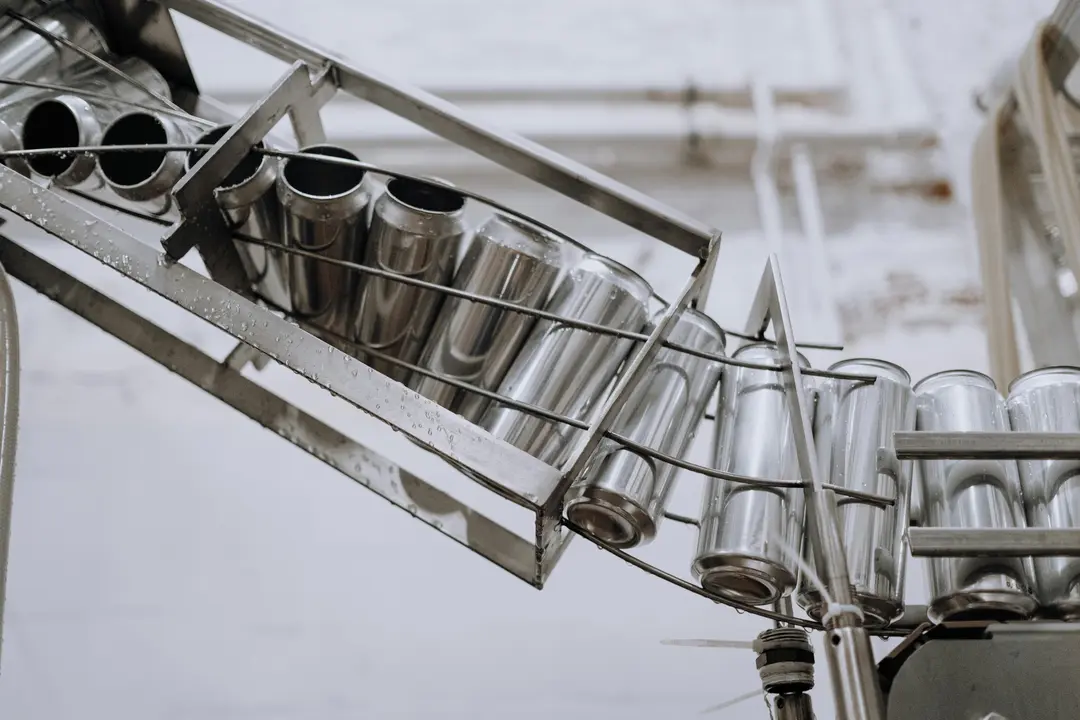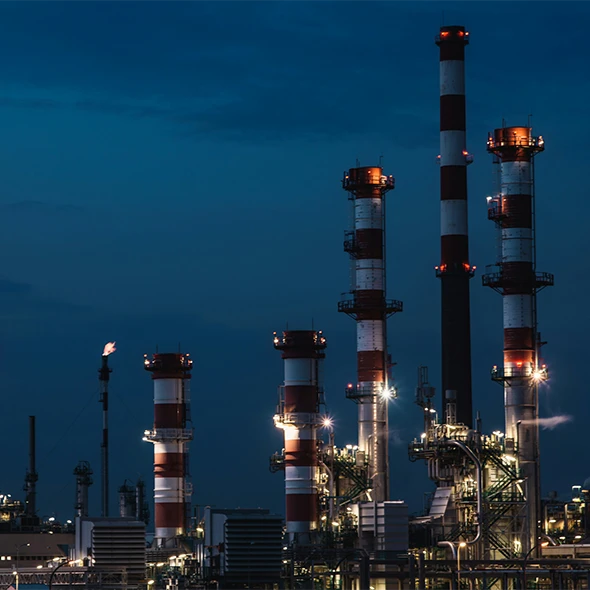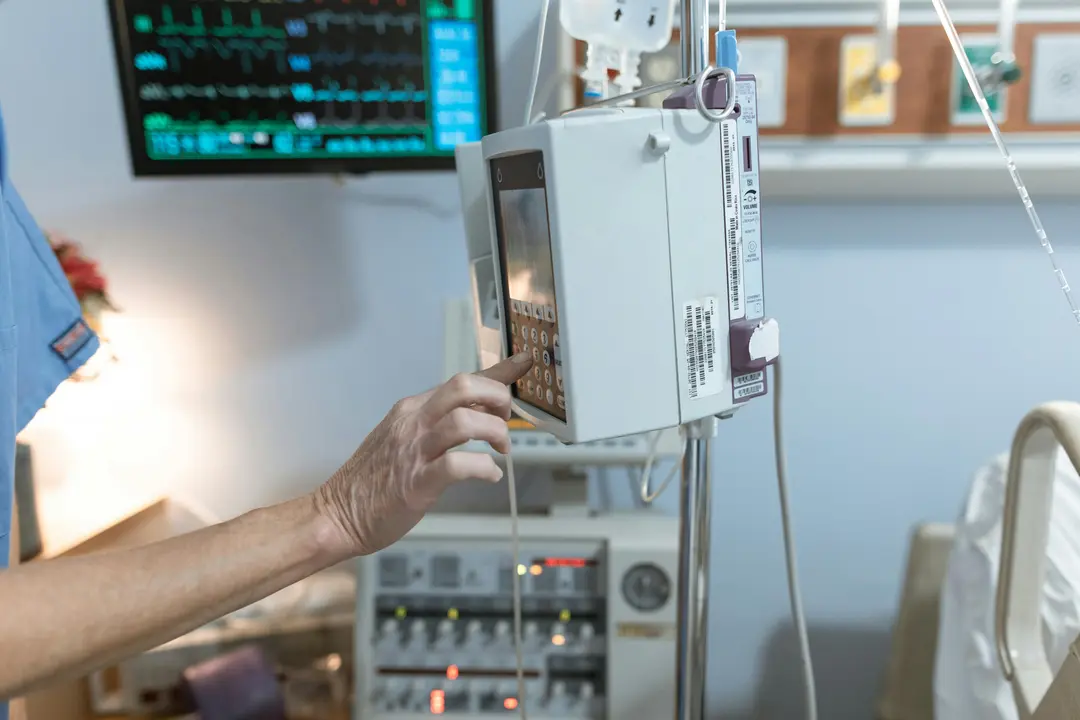What is 316 Stainless Steel?
316 is an austenitic grade of stainless steel, second only to 304 in commercial importance.
It has improved corrosion resistance due to the addition of molybdenum. This makes it a little more expensive than 304.
316L is the low carbon version of 316.
316 Machinability
Cutting edges should be kept sharp as dull edges cause excess work hardening.
Cuts should be light but deep enough to prevent work hardening by riding on the surface of the material.
Chip breakers should be used to assist in ensuring swarf remains clear of the work.
Coolants and lubricants must be used in large quantities due to low thermal conductivity resulting in heat concentrating at the cutting edges.
Main attributes
- Excellent corrosion resistance (wider range of chemicals than 304)
- Performs well when exposed to relatively high and sub-zero temperatures
- Easily machined
- Suited to all standard methods of welding
- Subject to pitting and crevice corrosion in warm chloride environments
- Ease of cleaning
- Subject to stress cracking above 60°c
- Good heat resistance – oxidation resistance in intermittent use up to 870°c and continuous use up to 925°c, however continuous use at 425-860°c is not recommended. In this instance, 316L is recommended.
Finishing & treatments
316 cannot be hardened by heat treatment.
Solution treatment or annealing can be done by rapid cooling after heating to 1010-1120°C.
See our Finishing Processes page for further information on services that we can facilitate.
UK stock sizes
Here are the standard stock sizes/colours for 316 in the UK. Please note we do not supply stock material, the information provided is purely for design and research purposes.
Example Stainless 316 Stock Sizes
Stock sizes will vary depending on supplier. Please get in contact to discuss further.
316 Sheet
Size: 0.5mm - 3mm
Width: 1000mm - 2000mm
Length: 2000mm - 4000mm
316 Plate
Thickness: 3mm - 12mm
Width: 1000mm - 2000mm
Length: 2000mm - 4000mm
316 Round Tube
Outside diameter: 19mm - 152.4mm
Wall thickness: 1.2mm - 3mm
316 Round Bar
4mm - 300mm
316 Square Bar
8mm - 120mm
316 Flat Bar
Thickness: 3mm - 12mm
Width: 12mm - 150mm
Common applications
- Food processing machinery & equipment
- Chemical processing & storage equipment
- Medical implants & prosthetics
- Valves &pumps
- Piping, tubing, & fittings
- Coastal architectural components
- Trims
- Pnalling & fascias
- Boat fittings & masts
Technical properties
Physical properties
| Physical Properties | Value |
| Density | 8.0 g/cm³ |
| Melting Point | 1400 °C |
| Thermal Expansion | 15.9 x10^-6 /K |
| Modulus of Elasticity | 193 GPa |
| Thermal Conductivity | 16.3 W/m.K |
| Electrical Resistivity | 0.074 x10^-6 Ω .m |
Mechanical properties
| Mechanical Properties | Value |
| Proof Stress | 200 Min MPa |
| Tensile Strength | 500 to 700 MPa |
| Hardness Brinell | 215 Max HB |
| Elongation A50 mm | 40 Min % |
Typical chemical composition (weight %)
| Weight (%) | Manganese | Iron | Carbon | Chromium | Silicon | Molybdenum | Phosphorous | Sulphur | Nickel | Nitrogen |
| min. | 0.00 | Bal | 0.00 | 16.50 | 0.00 | 2.00 | 0.00 | 0.00 | 10.00 | 0.00 |
| max. | 2.00 | Bal | 0.07 | 18.50 | 1.00 | 2.50 | 0.05 | 0.03 | 13.00 | 0.11 |
 Get a quote
Get a quote










